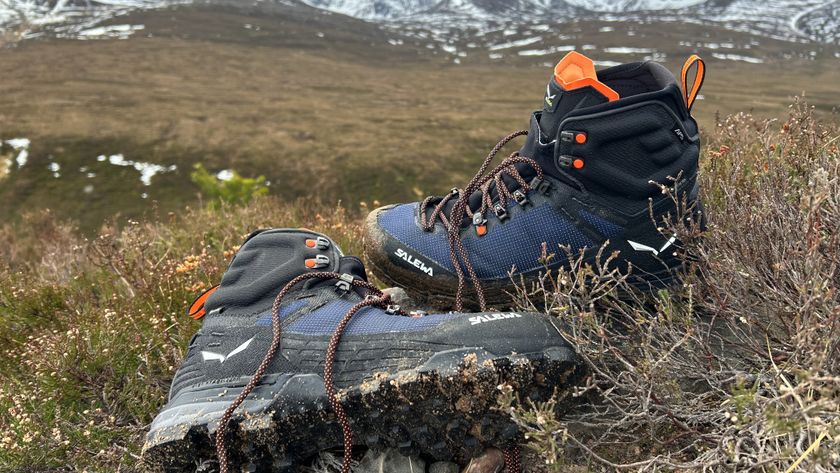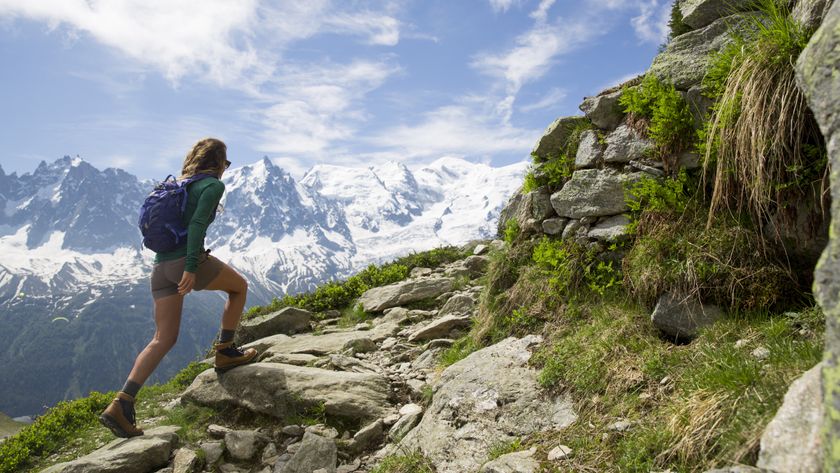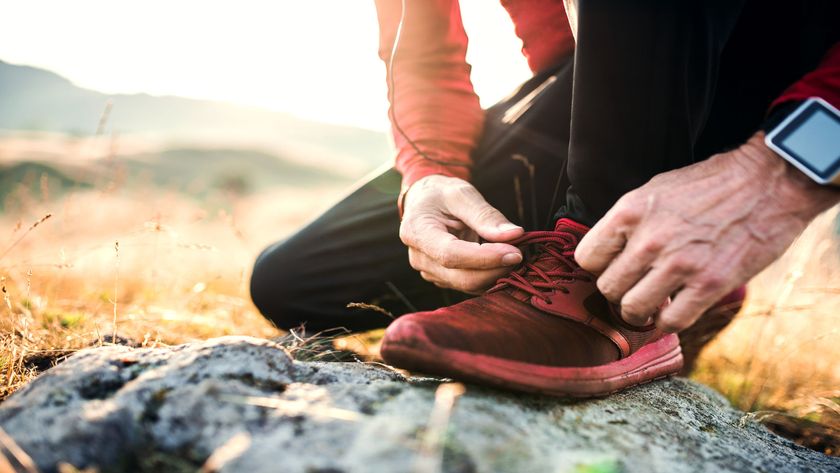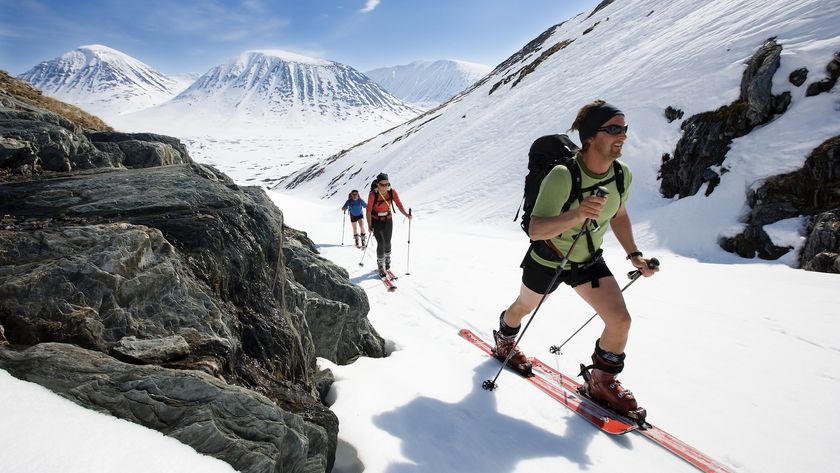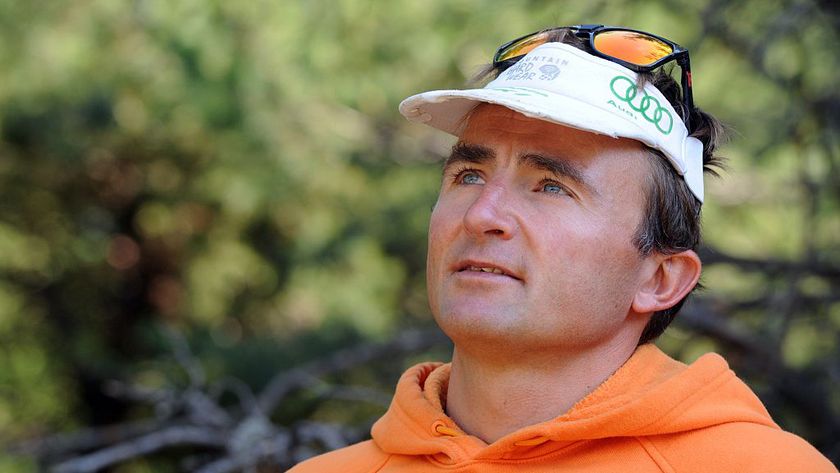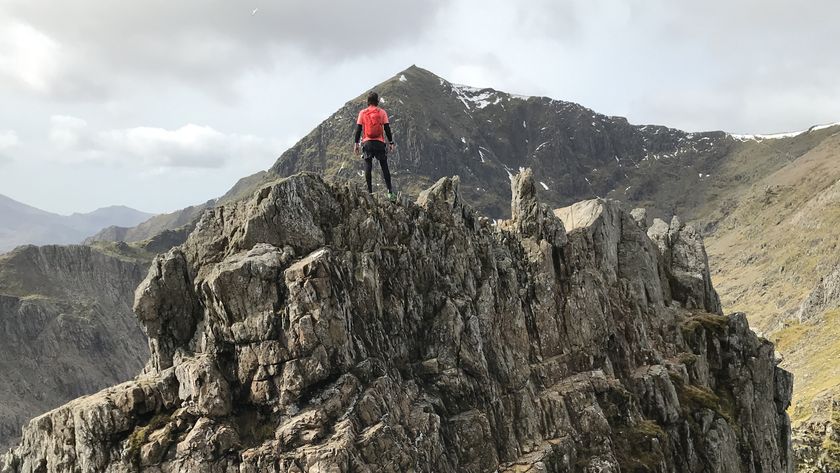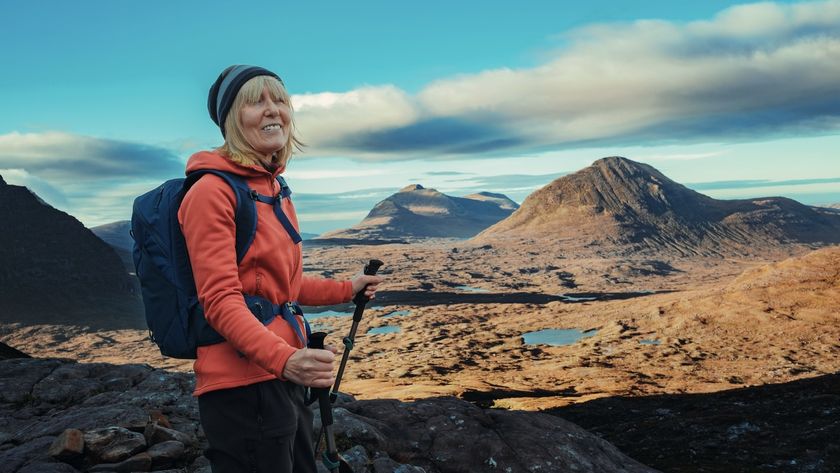I’m a keen year-round outdoor swimmer – here’s how I update my wild swimming kit for winter
As water and air temperatures plummet, it’s vitto choose the right gear for swimming through the coldest season
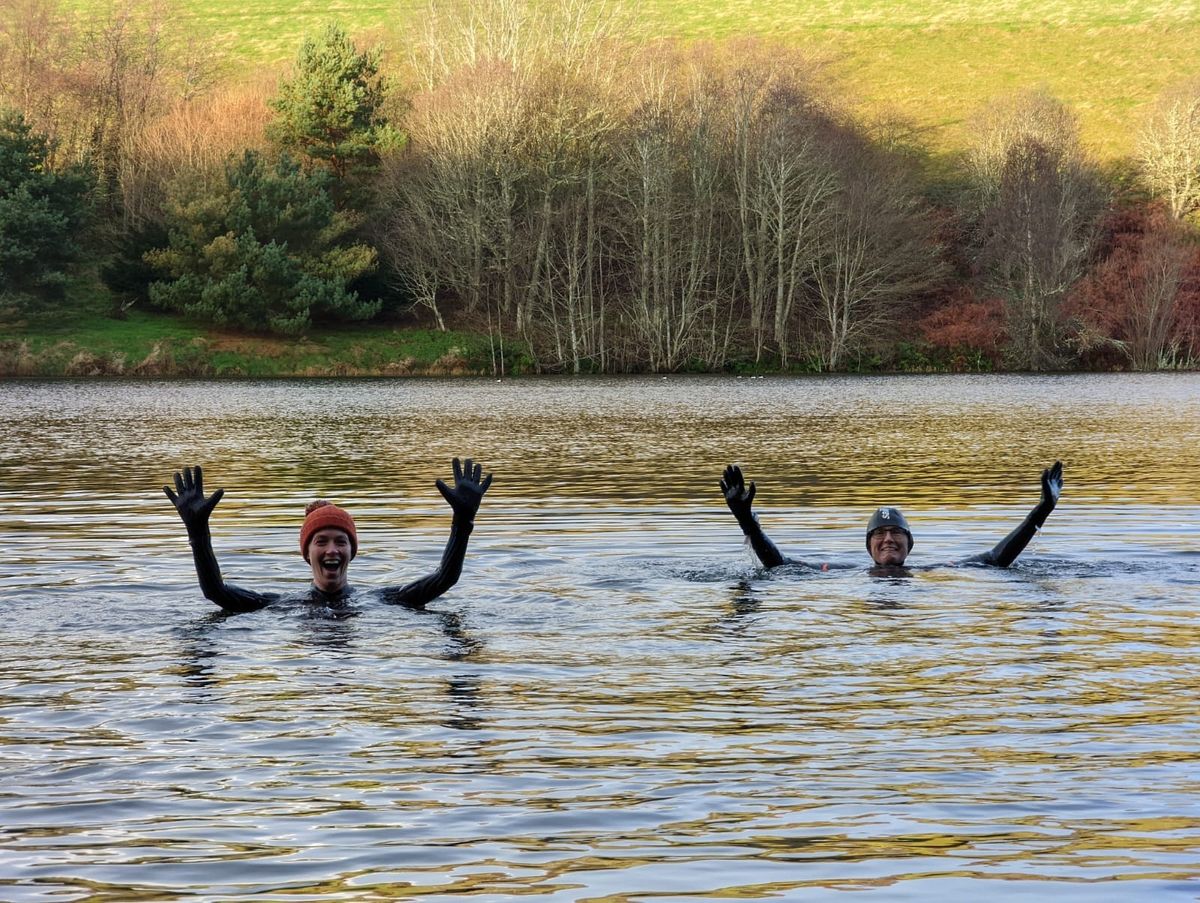
There was a time when I shunned the suggestion of wild swimming and even the thought of open-water swimming in winter made me shiver and zip up my down jacket. Then I moved to the Scottish Highlands and discovered a beautiful and peaceful loch almost on my doorstep. It would have been rude not to try the increasingly popular activity of outdoor swimming, right?
I started in the summer and carefully (and safely) built up my resilience in cold water over many months until I could happily take a dip – and then a swim. I kept swimming into the autumn and, when winter arrived, I was surprised to find that I was keen to keep on dipping even when there was ice on the water. If you want to do the same it is worth following these wild swimming in Scotland tips from a pro.
Whatever the season, I am always cautious when getting into open water. However, in the coldest months I am even more safety conscious. Suddenly jumping into very cold water can be dangerous, if not fatal, especially if you are not acclimatised to outdoor swimming.
I also adjust my wild swimming gear to suit the weather, conditions and air and water temperatures.
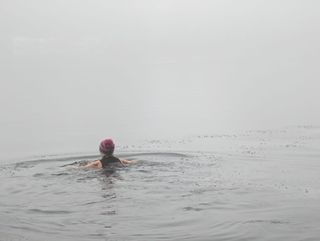
- 6 things I wish I’d known before starting wild swimming
- How to stay safe in open water
- The best wild swimming gear
The benefits of wild swimming
Perhaps you're wondering why I bother swimming when winter comes. Surely it's much too cold to be enjoyable, you might be thinking. But the benefits of open water swimming are numerous, including boosted mental well-being.
In fact, a study published in the British Medical Journal suggests open water swimming may be effective for managing symptoms of depression. I always feel a huge mental lift after a wild swim, even if I am in the water for a very short time.
There are said to be physical advantages, too, and research in the European Journal of Applied Physiology concluded cold water immersion can reduce heart rate and blood pressure and increase the feel-good neurotransmitter, dopamine.
Another article in the International Journal of Environmental Research and Public Health showed cold water swimming can improve immune and cardiovascular health, although this is more likely to be limited to people without existing health conditions.
So, you see, there are plenty of reasons for considering the big, bold pursuit of winter wild swimming.
To continue swimming in open water in the winter here are some of my kit considerations.
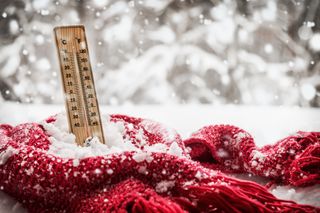
A water thermometer
I like to know what the water temperature will be before I submerge myself. I use a water thermometer so I can prepare myself for the cold.
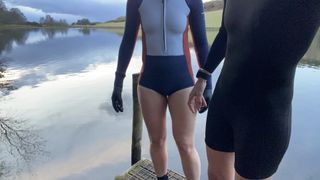
A swimming wetsuit
In the summer, I prefer to swim in open water in a swimsuit. My preferred type of wild swimming is a short swim or “dip”. I don’t feel the need for a wetsuit for warmth when the water temperature is higher.
However, in winter, when the water temperature drops closer to zero, I do wear a wetsuit. It might be a shortie style wetsuit with long-sleeves but shorter legs or, for longer swims, I’ll choose to put on a full-length wetsuit. Some swimmer prefer a wetsuit jacket.
Not only is it more pleasant to wear a wetsuit in cold water in winter but it is also a safety measure. While some swimmers can cope with very cold water in only their swimsuit, I find I am unable to maintain my core body temperature for more than a minute or so.
Wetsuit socks and gloves
I wear wetsuit socks all year round but in winter they are essential. Wetsuit socks, which are always part of my wild swimming gear list, are good for keeping feet warmer and also for protecting the soles of the feet from rocks and stones as I enter the water.
When the water gets colder, I also use neoprene gloves. I suffer with Raynaud’s syndrome and that means that I need the insulating layer of wetsuit gloves to be able to swim.
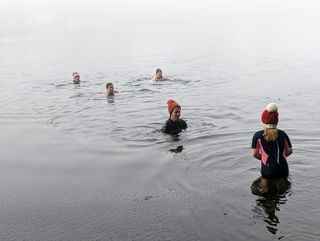
A beanie hat
In winter, I prefer to keep my head above the water when wild swimming. I also like to maintain as much body heat as possible and this means a wetsuit hat, a beanie hat or a bobble hat are important items of kit.
A swimming buddy
I sometimes swim solo in summer when the water and air temperatures are higher. I won’t stray too far from the shore in case I get into difficulty in the water. However, in winter I always swim with at least one other person.
Cold water has a number of dangers, such as the potential for cold water shock and muscle cramps, so it’s a good idea to swim with someone else nearby in case of an emergency.
Swim float
A swim float – or tow float – is another part of my essential wild swimming kit list. Although they are not designed to be buoyancy aids, If you get into difficulty in the water, you can use it to help you float. They are usually brightly coloured, too, so you will be more easily seen in the water if you do get into trouble, or a friend there to 'spot' for you.

Insulated swim robe
In the summer, I might use only a towel for drying myself after an outdoor swim. I may take a lightweight insulated jacket and a pair of gloves – the sort of gloves I wear for running – for warmth after being in the cold water.
In winter, I need a lot more post-swim warmth and so I always wear an insulated swim robe. Getting out of the water and staying warm while you dry yourself can be a challenge when the air temperature is low. A good quality swim robe will make a big difference to your comfort levels. Our editor Rosee Woodland, also a keen wild swimmer, rates the Red EVO Pro changing robe really highly.
Warm clothing
I need a lot more clothing and especially warmer layers after cold water swimming in winter. The aim is to try to keep my core body temperature up with good quality baselayers, mid layers and a down jacket. I also take highly insulated winter gloves, a dry and warm hat and hiking socks and walking boots.
I get changed and dried as quickly as I can and then pile on the layers and add my changing robe on top.
Hot water bottle
I take a filled hot water bottle with my to my favourite wild swimming spot. I have a hot water bottle that I can pop into a large pocket of my swim robe. This is a great winter warmer after cold water swimming,
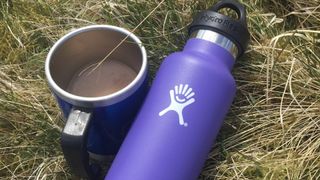
Hot drink and food
Another update to my wild swimming kit for winter is a hiking flask of hot drink. If I am warm inside, I’ll feel warmer overall.
I am usually hungry after a swim or dip, even if it’s a short one, so I pack a snack, too, which is good for keeping my energy and warmth up.
Larger backpack
With all the extra kit to carry, as well as a flask and food, I need a larger backpack in the winter for wild swimming. I'll usually take a 35l or 40l hiking pack for my winter swimming gear.

Fiona Russell is a widely published adventure journalist and blogger, better known as Fiona Outdoors. She is based in Scotland and is an all-round outdoors enthusiast with favorite activities including trail running, mountain walking, mountain biking, road cycling, triathlon and skiing (both downhill and backcountry). Aside from her own adventures, Fiona's biggest aim is to inspire others to enjoy getting outside and exploring, especially through her writing. She is also rarely seen without a running skort! Find out more at Fiona Outdoors.

